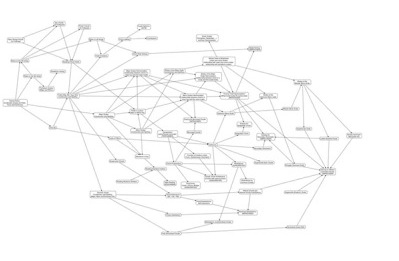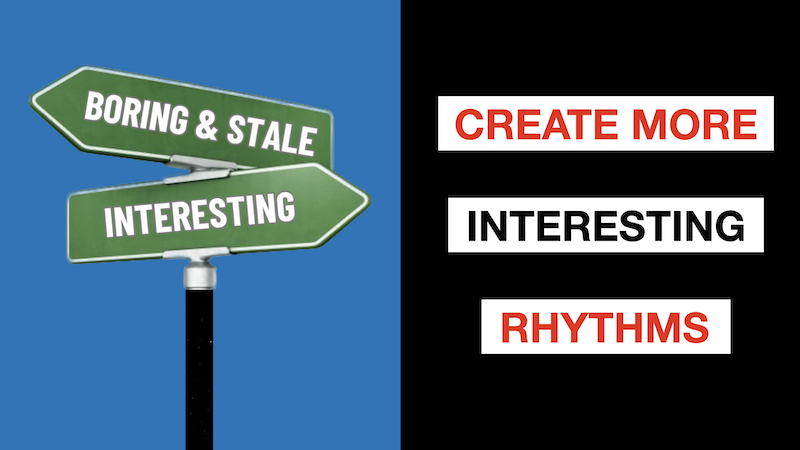Do This To Create More Interesting Rhythms


In this article, we’re going to dive into the exciting world of rhythmic anticipation!
This technique can be found in all styles of music and is a fantastic way to spice up your rhythms and truly captivate your listeners.
We'll emphasize how crucial this technique is and share helpful tips on effortlessly incorporating it into your guitar playing.
By exploring these variations, you'll uncover new ways to play with rhythms, giving you the freedom to express yourself more fully.
So whether you're just starting out or have years of experience, this article is packed with invaluable techniques to spark your rhythmic creativity on the guitar!
In many pieces of music, you'll find that chord changes often take place on the downbeat of one or three. Let’s explore an example that helps set this expectation for your ears. During the first three measures, we’ll switch chords on beats one and three, and in the final measure, we'll just play one chord. Let's play this example together.

That chord progression sounds pretty great as it is, but we can make it way more interesting! Let’s add a little twist where one chord anticipates the change. What I mean is, we’ll shift that last chord onto the + of four. This way, we’ll create a surprise instead of every chord change meeting our expectations of downbeat, downbeat, downbeat. The unexpected upbeat is sure to grab your audience’s attention. Let's see how this small tweak can really add some excitement when we play through this example.

You've already seen how adding anticipation captures your attention, so let's introduce another syncopated change! This time, we'll keep the A right where it is, and in the second measure, we’ll shift the D that was on beat 3 to the + of 2. Let's go ahead and play through this together and see how this change grabs your ear.

You can anticipate as many chord changes as you’d like. For this one, let’s keep the two G chords on the downbeat and shift every other chord change to the preceding +. Let’s see how this changes the sound of this progression!

That sounded interesting, but to my ears, playing on the + is actually what I am starting to expect. I expect to hear syncopation on every change. If that's the sound you're aiming for, that's absolutely wonderful—go for it! Ultimately, it all comes down to personal preference. Each of these examples offers a fantastic way to approach this progression, so it really depends on the vibe you want to create.
Now we can break this new expectation by shifting one of the chores to a downbeat! How about moving that last chord back to the first beat of the fourth measure? This little change should be the new point of interest in the progression. Let’s give this rhythm a try.
Now let's have some fun and see what these rhythms sound like played back to back music.





Rhythmic anticipation is just one of many fun ways to use rhythm to unleash your creativity and write more interesting parts. If you find rhythm challenging or simply want to know the best way to practice your rhythm skills, I highly recommend watching my free video, “Six Easy Steps to Learn and Play Any Rhythm with Perfect Timing”. In this video, I guide you through every step and show you how to practice rhythm effectively for the best results. Click the link below this video to access your free resource right now.
Six Easy Steps to Learn and Play Any Rhythm with Perfect Timing